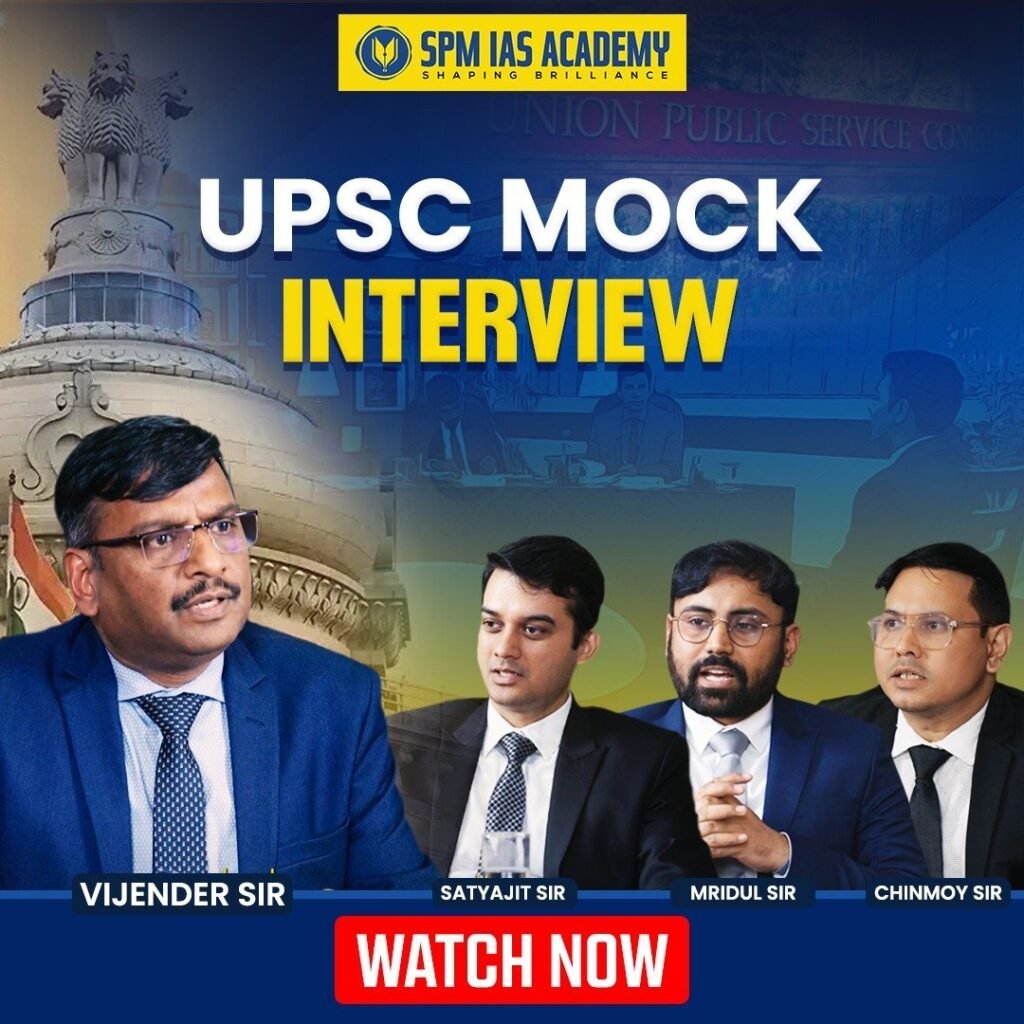Q.1 What do you mean by the ‘basic structure’ of the Constitution of India? Discuss the different views around it in the light of the recommendations of the ‘National Commission to Review The Working of the Constitution’.
The ‘basic structure’ doctrine of the Indian Constitution is a judicial principle safeguarding the Constitution’s core values from potentially harmful amendments. Established in the landmark Kesavananda Bharati v. State of Kerala (1973) case, the doctrine asserts that while Parliament can amend the Constitution under Article 368, it cannot alter its
Read Full Answer »
December 19, 2024
Q.2 “As presiding officer, the Chairman of the Rajya Sabha is the guardian of the prestige and dignity of the House.” Explain.
The Chairman of the Rajya Sabha, as the presiding officer, holds a vital constitutional role as the guardian of the prestige and dignity of the House. The position, established under Article 89 of the Indian Constitution, assigns the Vice President of India as the ex-officio Chairman of the Rajya Sabha,
Read Full Answer »
December 19, 2024
Q.3 How does the Election Commission of India carry out the delimitation of constituencies for State Legislature Assemblies as per the Representation of the People Act, 1951?
The Election Commission of India (ECI) oversees the delimitation of constituencies for State Legislative Assemblies under the Representation of the People Act, 1951 and the Delimitation Commission Act. Delimitation refers to the process of redrawing the boundaries of electoral constituencies to ensure equal representation based on changes in population and
Read Full Answer »
December 19, 2024
Q.5 Discuss the procedures of amendment to the Constitution in India and South Africa, highlighting the key provisions.
The amendment procedures for the Constitutions of India and South Africa enable flexibility in governance while safeguarding foundational principles. Both countries have detailed processes that allow their respective legislatures to amend the Constitution, though the mechanisms reflect their unique political and historical contexts. Amendment Procedures in India The Constitution of
Read Full Answer »
December 19, 2024
Q.6 “The basic purpose of development is to enlarge people’s choices.” Elucidate in the light of the government policies and intervention for development in India.
The statement, “The basic purpose of development is to enlarge people’s choices,” aligns with India’s approach to human-centered development, emphasizing government policies aimed at expanding opportunities across education, healthcare, economic empowerment, and digital access. Recent initiatives reflect this commitment, including targeted programs in Assam, which showcase the effort to foster
Read Full Answer »
December 19, 2024
Q.7 “Social assistance measures are critical for social protection and are more common in developing economies than social insurance.” Evaluate the statement.
Social assistance and social insurance are two major components of social protection. Social assistance refers to non-contributory support provided to vulnerable populations, while social insurance is contributory, with beneficiaries receiving protection based on previous contributions, typically through schemes like pensions or health insurance. In developing economies, social assistance plays a
Read Full Answer »
December 19, 2024










